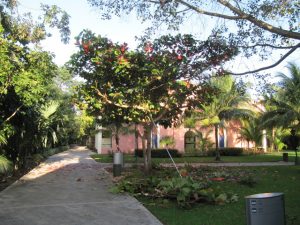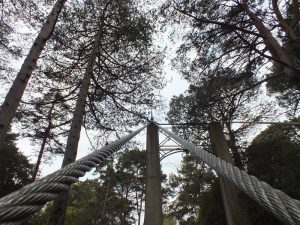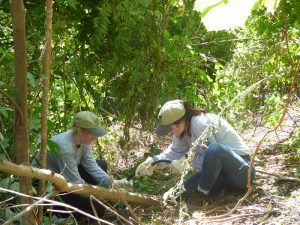Planting a tree and learning about proper tree care is an incredibly rewarding experience. Not only is this therapeutic for many, but trees give off oxygen that we need in order to breathe. They also provide protection to several animals like squirrels or birds.
However, before you can plant a tree, you need to decide on two things: which type of tree to plant and where to plant it. This alone is an important decision that should be carefully planned.
Below are some helpful tips for planting the best tree for your area.
1. Find Your Hardiness Zone
Plant hardiness zones are created and updated by the U.S. Department of Agriculture (USDA). They divide the United States and Canada into 11 zones based on average annual temperature. Each zone represents a 10-degree temperature difference. This helps determine where different plants will grow the best. Take these statistics along with variations in moisture, sold, and wind in your specific area. All of this will affect the type of tree you should plant as well as proper tree care.
2. Use the Right Soil
Your landscape plan needs to take into consideration the type of soil present in the prospective location. The wrong soil will prevent your tree from surviving. Arborists have experience identifying different soil types and can help you figure out the difference between soil types, including:
- Acidic
- Drought tolerant
- Loamy
- Alkaline
- Moist
- Rich
- Sandy
- Silty loam
- Well-drained
- Wet
- Wide range
- Clay
3. Consider Sunlight Exposure
Sun exposure is one of the most important components of tree care. The availability and competition with other plants for sunlight will affect your sapling’s ability to flourish. Therefore, you need to decide where to plant your tree and consider how much sunlight your plant will receive.
The three types of sunlight exposure to consider are full sun, partial sun, and full shade. Some trees thrive in full sun exposures while others are better fit for full shade.
4. Choose the Right Tree Specie
There are many species to choose from, but you have to pick the type that is best suited to your environment. You need to find out the type of soil, level of sun exposure, and the temperament of the landscape before you decide on the tree you would like to plant.
Another aspect to consider is whether it is deciduous. Most are planted in climates that experience all four seasons. These are the main tree types to choose from:
- Evergreen
- Evergreen shrubs
- Fruit
- Ornamental
- Flowering
- Nut
- Shade
- Shrubs & bushes
Other Attributes to Consider
Tree care consists of many necessary considerations before making a commitment, otherwise, the plant won’t survive, or you will have a tough time managing its care.
Below are a few other considerations that should be made before planting:
- Pollinators
- Good for wildlife
- Good for privacy
Talk to an arborist to learn more about a specific species and if it’s right for your area.
Height
You want to make sure the sapling you planted won’t bump into anything once it’s fully grown. The height affects its viability in competition for sunlight and its ability to survive drought.
Spread
The spread includes how wide the branches will grow. The canopy spread, sometimes called the crown, is the uppermost part made up of branches, stems, and leaves.
Growth Rate
The growth rate is how long it will take your sapling to grow to its full height. Slow-growing trees tend to live longer than fast-growing trees.
Start Planting
Once you have taken all of these location and tree characteristics into consideration, you’re ready to select the right seeds for planting. Understanding why you are interested in taking on this fulfilling duty will help you decide the right type to choose.
Consider talking to an arborist for additional tips for the best experience on your tree care journey.





